Posted on August 21st, 2020
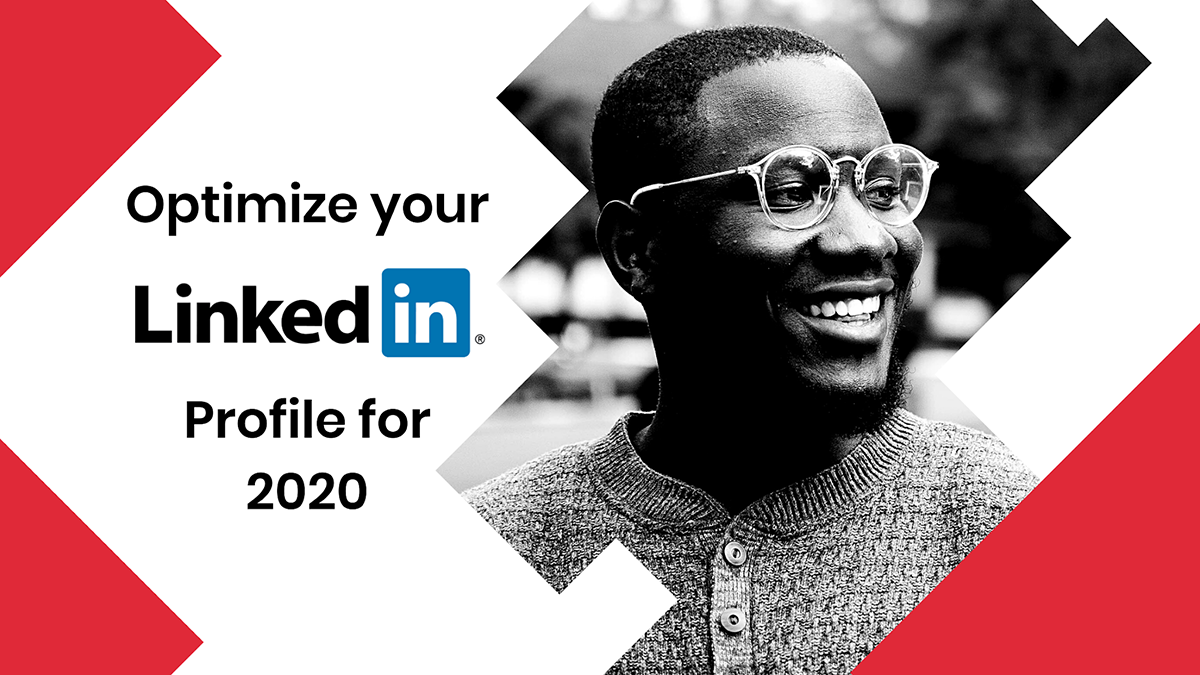
The year 2020 has undoubtedly been a rollercoaster ride, perhaps one of the most challenging years in our lifetimes. Arguably, it’s also been the most unusual year that many of us have experienced in our professional careers. Many of us have also witnessed, as well as experienced, furloughs and layoffs due to the COVID-19 pandemic. To stand out in your job search or career advancement during these testing times, LinkedIn is the best professional resource to bank on. Did you know that LinkedIn, the professional social networking platform, has been around longer than Facebook, Twitter, Instagram, and Snapchat? However, it is more relevant now than ever. Why? Because it hosts more than 600 million profiles, which means nearly an unlimited supply of network connections and job opportunities. From seeking a new opportunity to maintaining your brand, LinkedIn is an important part of being a full-fledged professional in any industry.
Your LinkedIn profile should tell your professional story as well as convey your value and experience that you bring to the table. Building a great LinkedIn Profile while displaying the best professional representation of yourself is just the first step in taking your career to the next level. It is the live branding and selling of your professional resume. Ensuring an up-to-date LinkedIn profile will help you to bag the right opportunity at the right time as well as draws the attention of recruiters and hiring managers.
Before a recruiter or a hiring manager even comes across your LinkedIn profile, you will have to appear in their search according to the LinkedIn parameters. If you do not have relevant information and keywords, your profile likely goes unnoticed. Using relevant info and keywords makes your profile rank higher and therefore makes you more noticeable amongst the thousands of professionals with a similar skillset and background. Let’s take a look - how do you make yourself more visible on LinkedIn?
The LinkedIn headline is a short statement that appears below your name. Your headline does not have to be your job title and company, instead, use that space to succinctly highlight your specialties and unique value proposition. It tells the world, including recruiters or hiring managers, how you see yourself professionally. The more detailed you can be about what sets you apart from the competition, the better. Your LinkedIn headline is key to making a positive impression and explaining exactly what you bring to the table. It's also one of the most significant fields for LinkedIn's search algorithm.
Excellent Headline Example: “Connecting Talent with Opportunity at a Massive Scale" | Business Development Manager | Client Relations | Staffing Strategist
As the recruiters/employers read your LinkedIn headline, they have to gain an understanding of what you do professionally or what you want to do. Most of the LinkedIn headlines fail on that count! A poor headline on LinkedIn typically gives the reader zero information than a job title. If your headline doesn’t communicate to an employer or recruiter that you are a valuable candidate, they will move on to the next profile.
Poor Headline Example: Multi-Skilled Business Professional | Savvy, Seasoned, Strategic Leader | Currently Seeking Employment.
If you are job hunting, you must be focused on the hiring team's business plan. Nobody in the history of staffing ever wakes up in the morning and says "Dang! We have a job opening in our company and start their LinkedIn search with terrible keywords like Savvy, Seasoned, Strategic Leader, or Currently Seeking Employment. Remember, your LinkedIn headline is your identity! Focus on positives. Highlight specialties, while avoiding terms like “in transition” or “looking for new opportunities”.
It’s a misconception most people have; that they need a glossy photo for their LinkedIn Profile. However, it doesn’t have to be fancy! Did you know that a decent headshot can increase profile views up to 21x and connection requests up to 9x? While an incredible profile picture won't get you an interview, a terrible picture (inappropriate, out-of-focus, unprofessional) could be the reason a recruiter/employer weeds you out. When you're reaching out to new connections to strengthen your professional network, some people won't even connect with someone who doesn't have a profile picture. Not having a professional photo could be a reason why your invitations are being ignored.
To get your headshot noticed, enlist the help of a friend or family member. Put on an appropriate suit in a solid color such as navy, black or dark gray with a white long-sleeved shirt or a shirt color-coordinated with the suit. Remember to smile! A warm and friendly expression will make you look accessible and encourage others to engage with you. Go outside into natural daylight and try to stand in front of a neutral background that doesn't cast any obvious shadows. Have your friend or a family member to frame your head so that you get a little bit of your shoulders in the photo too. If required, you can play around with the brightness and contrast or cropping options to create the right frame. Give yourself options - take at least a couple of pictures, so that you can pick the best one. Keep the photo to your head and shoulders. Because LinkedIn photos appear in small frames, if you include your entire body, your head will appear too small, and viewers may not be able to recognize you. Make sure your photo is also current; do not include a dated photo no matter how young and attractive you look. It is a best practice to use a current picture so people aren’t surprised when they meet you in person. Remember that LinkedIn is a professional platform — not Facebook or Instagram. Your goal should be to show the professional you to networking connections and prospective employers.
Just like how a action-packed movie trailer draws the audiences to the theaters, similarly, your LinkedIn summary has a very prominent place on your profile and should be carefully considered. After glancing at the profile photo, any visitor to your LinkedIn profile lands on the introduction section, which is the summary. In the Summary/About section, you can present your professional expertise, background, skills, and specialist knowledge to potential clients, customers, recruiters, and future colleagues. This section is your digital business, bringing together a comprehensive overview of your professional abilities as well as an insight into your personality.
In the summary section, there is also room for directly addressing your potential employers. In this way, your professional summary also acts as a cover letter. Try to make a positive first impression on your readers straight away. If your summary has already made a good impression on a reader, this will likely influence how they judge the rest of your profile. A carefully considered summary with media links and well-written text will get readers interested in the person behind the profile.
Keywords drive traffic, more views, and can position you before your ideal client or employer. If you want to be noticed on LinkedIn, keywords will help garner better connections and leads. Recruiters/employers rely on LinkedIn's algorithm to show them the most relevant profiles based on their keyword search. Without an accurate keyword strategy, your LinkedIn profile will be lost in the crowd. In short, use keywords to optimize your profile!
The most significant place keywords appear is your profile headline. The second most important place is in the Skills & Endorsements section. The Skills & Endorsements region is nothing more than a list of keywords. When recruiters/employers are hunting for candidates on LinkedIn, they enter requirements, which are often just a list of skills. To increase your chances of getting a job that lines up with your skills, make sure you hit all the top words that reflect your experience.
When you open this area to update, LinkedIn suggests skills that best fit your background. Technically your skills on LinkedIn are keyword matches. Be sure to list even the most obvious ones. Example 1: If you are a programmer who has held four jobs as a programmer, you should still add "programming" to your skillset. You should also add the languages you use for programming. Example 2: If you are comfortable speaking, reading, or writing in more than one language, you can add them to your skills, too.
If you have not given serious thought to what location and industry you have selected on your LinkedIn profile, you are leaving money on the table. Why? Because you are not coming up in the search list when your target audience uses them to search for someone like you. Start by putting yourself in the shoes of people who are searching for you or someone like you. What location and industry might they put in the advanced search boxes?
Here are some strategies:
With LinkedIn traffic on the rise, now is a good time to do a full profile reevaluation! A full review can ensure what you have selected matches your current and future goals.
 5 Smart Ways to Utilize ChatGPT for Writing a Standout Resume
5 Smart Ways to Utilize ChatGPT for Writing a Standout Resume Give Thanks With A Grateful Heart! - CEO Message
Give Thanks With A Grateful Heart! - CEO Message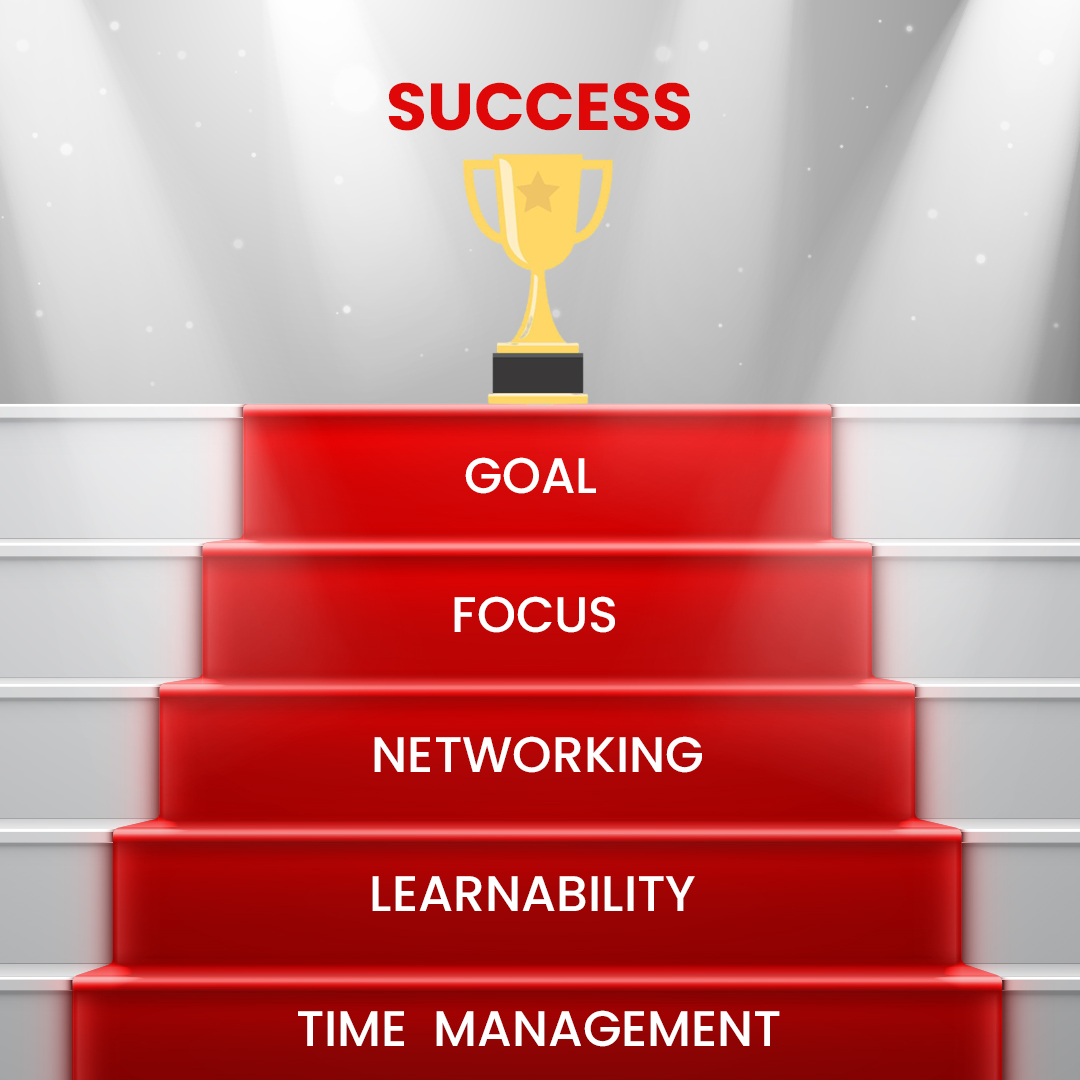 Must have traits to be a Successful Recruiter during COVID-19
Must have traits to be a Successful Recruiter during COVID-19 It isn’t What you say, It is How you say is called Communication
It isn’t What you say, It is How you say is called Communication Bonding + Rapport = Strong Pipeline
Bonding + Rapport = Strong Pipeline Empathy... Need of the hour !!
Empathy... Need of the hour !!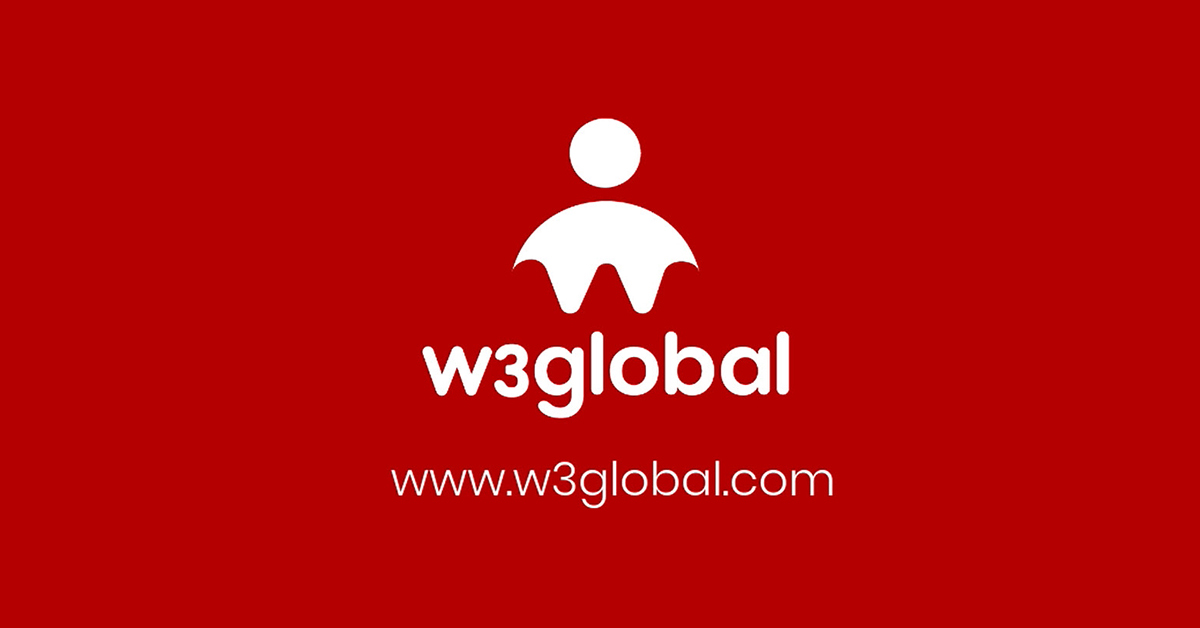 W3Global, Inc. unveils New Logo and Redefines Staffing Strategies
W3Global, Inc. unveils New Logo and Redefines Staffing Strategies Ways To Survive The COVID-19 Crisis
Ways To Survive The COVID-19 Crisis Can’t wait for this moment
Can’t wait for this moment Second Interview nerves? Here are some tips to boost your confidence and help you conquer that interview!
Second Interview nerves? Here are some tips to boost your confidence and help you conquer that interview! How to make your Hiring manager think that they are crazy if they don’t hire you
How to make your Hiring manager think that they are crazy if they don’t hire you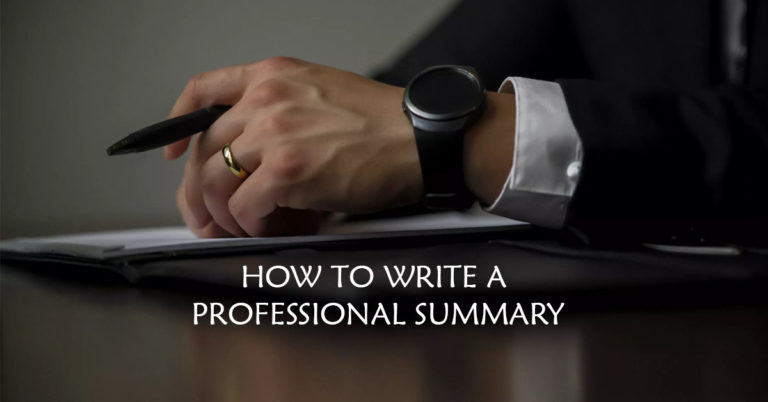 How to write a Professional Summary that will WOW hiring managers!
How to write a Professional Summary that will WOW hiring managers! How to catch the hiring manager’s attention from the get-go
How to catch the hiring manager’s attention from the get-go How to avoid rejections from HR Managers or Recruiters
How to avoid rejections from HR Managers or Recruiters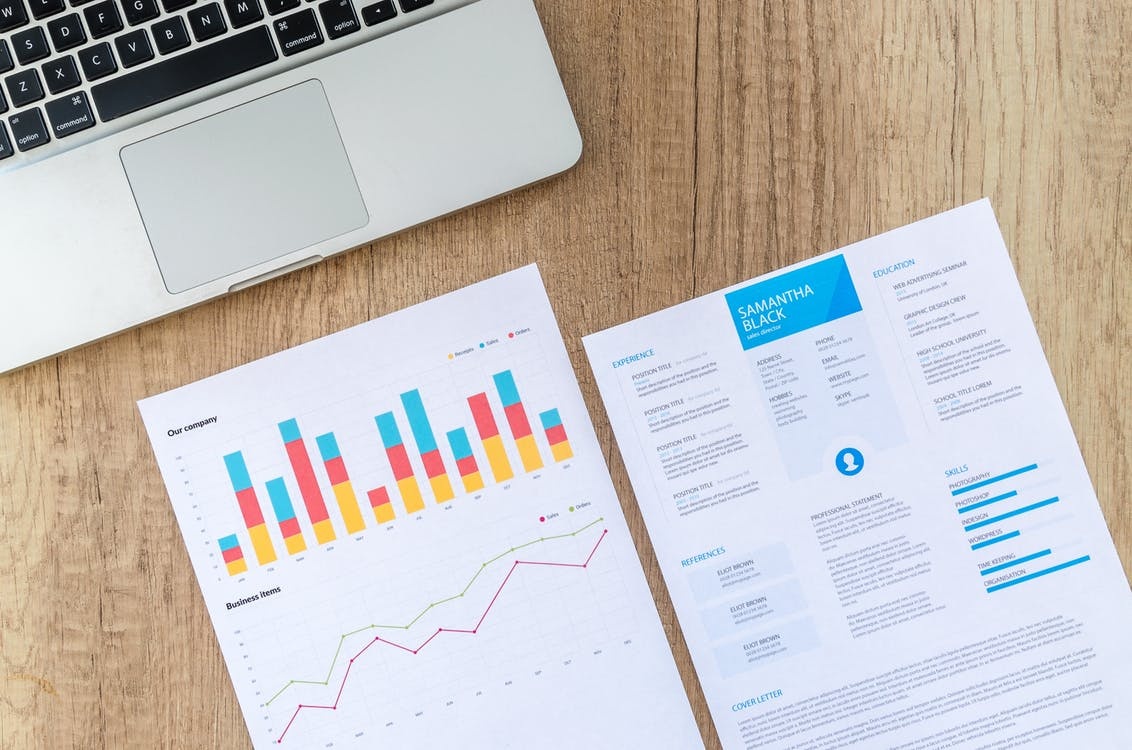 How to grab a Recruiter’s attention by changing just 5 things in your resume
How to grab a Recruiter’s attention by changing just 5 things in your resume